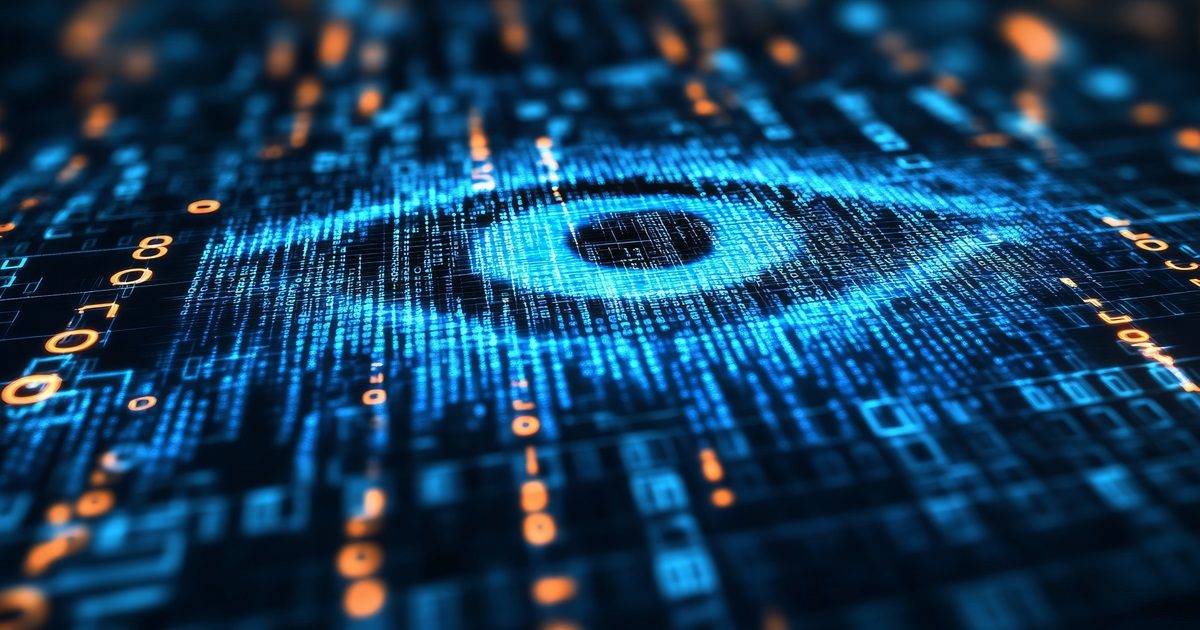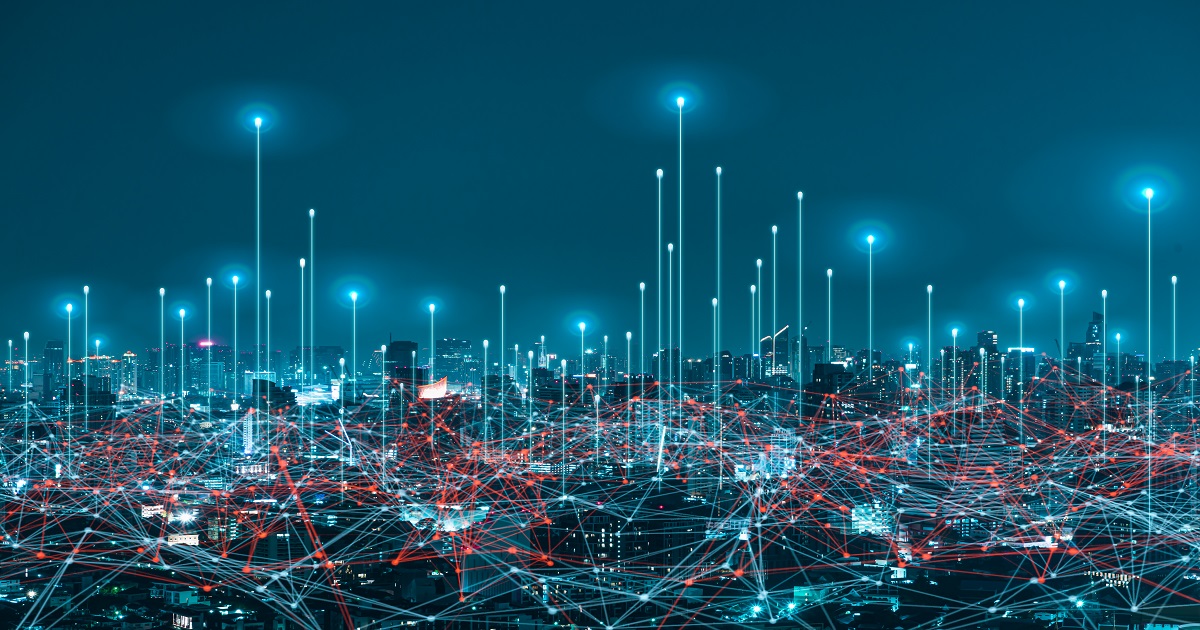
With nearly 30+ billion connected devices expected by 2023, the Internet of Things (IoT) is growing at an exponential rate. This is more than three devices per person on Earth and given recent events which are causing a more dramatic increase in online activity, it’s likely that this number will be even larger than expected. New IoT applications are emerging in virtually every industry, both large and small, as our world gets more connected. 5G also plays a key role in making new capabilities possible for IoT. As a leading provider of storage solutions from endpoints to edge to core, we have a unique vantage point because storage is an essential ingredient in enabling these IoT use cases. We’ve compiled a list of the top 10 most prevalent IoT use cases we see in action today:
1) Autonomous and Connected Vehicles
Down the road, vehicles will reach Level 5 autonomy and drive themselves entirely without human intervention. Today, however, car makers and automotive startups are working on getting levels 3 and 4 self-driving technology right. Cameras, radar, light detection and ranging (LIDAR) and a host of other onboard sensors are being used to capture information about road conditions, inform appropriate driving actions, and preventing potential accidents. To make this happen, nearly 1 terabyte of data will be stored onboard in the near-term, and this amount could balloon to 2+ terabytes in the next decade.
Yet, there’s more to the cars of tomorrow than just autonomous driving. Cars will communicate with each other, the road infrastructure, and, perhaps someday, even pedestrians by using “vehicle-to-everything” or “V2X” technology. Fleets of autonomous vehicles could be managed through this type of communication, making travel faster and safer. And that’s not all: autonomous delivery trucks are beginning to make their way across the country.
2) AR/VR
Whether in gaming, shopping, entertainment, or medical procedures, augmented reality (AR) and virtual reality (VR) are gaining traction to create experiences in an “extended reality.”
AR layers information onto the real world. Whether ani-morphing faces in a video chat or hunting cute little creatures in one’s backyard, your devices are using real-world information, then layering on digital information to change or augment reality. VR places users in a digital world, then uses captured motions (eyes, head turns, etc.) to make them feel immersed in that world.
3) Smart Watches, Fitness Trackers, Wearables and “Hearables”
Thanks to an influx of new personal devices, the wearables market is thriving. In fact, a recent report predicts that this industry is expected to reach 520.1 million units by 2025, from 181.5 million units in 2019, representing a CAGR of 19.9 percent over the forecast period (2020-2025). The report also says over 80 percent of consumers are willing to wear fitness wearables. This global adoption is due in large part to smart watches, which are expected to make up over half of all wearables sold in the coming years. Consumers are looking for seamless connection and interaction between their smartphones and smartwatches to track, manage, and secure their data — especially sensitive health data.
But, technological innovation won’t just come on the wrist. A new subcategory known as “hearables” could disrupt the wearables industry, using voice-activated, connected headphones and earphones. With more headset makers ditching the headphone jack, these types of devices are expected to become commonplace in the future. Another opportunity is in portable medical devices that monitor blood pressure and heart rate, as well as alert ambulance dispatchers during a medical emergency.
4) Machine-to-Machine (M2M) Connected Devices
Today’s factories are using IoT-enabled machines to work smarter, not harder. By equipping machines with sensors, factory managers can more accurately map machine workloads, inputs, and outputs. They can also more closely track machine wear-and-tear, which leads to maintenance that is predictive rather than reactive and improves lifespan. With these features, factories are increasingly becoming automated, thanks to the wave of Industry 4.0. Machine- to-machine (M2M) devices typically use embedded and removable flash solutions to aggregate data into a single stream at the edge. This is used to monitor and react to changing conditions on the factory floor. At the same time, some data is passed on to the central cloud or data center for further processing.
5) Supply Chains of the Future
Another IoT use case is in supply chains, which are increasingly global and complex. Customer requirements evolve rapidly, products have to be procured, and shipping and delivery routes must be coordinated. In response, companies are creating connected enterprise systems and using data modeling as a key part of a broader data management strategy. Low-power IoT devices are also being used to track assets throughout the supply chain, and monitor product quality such as temperature, vibration and to track shipping container openings. By using IoT-enabled devices on transportation routes, further improvements can be made to route planning by collecting in-transit, supply chain data.
This recent blog post describes how Western Digital is building its future supply chain with data science – leading to better shipment consolidation, reliability, cost, and time in transit.
6) Drones on the Rise
For cinematographers and photographers, drones have helped record stunning landscapes previously unavailable to visual artists. But these flying devices aren’t just used for this purpose. Oil rig workers are using drones to complete full rig inspections quicker, without sacrificing worker safety or production downtime. E-commerce companies are beginning to use delivery robots and drones to deliver buyers’ goods from pizza to packages to their front doorstep. Even nonprofits are making use of drones to monitor deforestation in environmentally-fragile communities.
Outside of commercial uses, drones are also serving the public good in search and rescue missions. These machines are helping search and rescue teams locate victims more quickly, evaluate the status of victims, and map the right path for rescue missions. In dangerous mountain rescues, successful drone operations require high performance and high capacity data storage. This recent blog shows how reliable storage makes a difference in life-threatening emergencies.
7) Smart Cities: Energy, Transportation, Parking and More
One of the most promising IoT use cases is in creating smarter, more efficient cities. Public energy grids can be optimized to balance workloads, predict energy surges, and distribute energy more equitably to customers. The same goes for transportation systems in dense, urban environments. Traffic lights could be synced to adapt to traffic conditions in real-time. During an emergency, first responders can communicate with traffic lights to synchronize and provide direct access to critical locations. Other apps digitally track parking, so that available spaces are automatically sent as push notifications to drivers looking for a place to park.
8) Healthcare
IoT devices at the edge are changing patients’ healthcare experience, whether it’s a mobile device collecting patient information at an emergency room visit or a diabetic’s on-body continuous glucose monitoring system.
We’re starting to see all kinds of IoT devices collecting health data from individuals: from heart and blood pressure monitors to “smart” pills designed with a time-release or electroceuticals that monitor intake to wearables like smart socks with temperature control or smart vests for vital sign monitoring. In addition to monitors, there are also all kinds of devices designed to remind patients to correct their posture, take their medicine, or serve as personal assistants on-the-go.
9) Smart Agriculture
Today’s farmers are herding the power of IoT to streamline their operations. As the use of free-range livestock becomes widely adopted, connected technology can track animals as they graze in open pastures. Smart sensors can also be placed in irrigation systems to reduce water consumption, creating just the right moisture level in soil for a given crop. It’s even being used to watch over factors such as humidity and temperature in composting. Additionally, farmers can keep tabs on their equipment, mapping out where each item is, tracking its performance, and carrying out predictive maintenance. Outside of traditional farms, wine producers are using IoT devices to understand grapevine health and sugar levels in grapes.
And finally! We’ll end this list with a warm fuzzy…
10) Companion Robots
An IoT use case that has emerged in tandem with this year’s pandemic is companion robots. For those who have been shut in at home during the shelter-in-place, companion robots have become a welcome friend. They have names, some can converse, and one day may even be able to take vitals and administer medicine to elders living alone.
IoT Opens the Data Floodgates
IoT shows accelerated growth driven by connectivity, data economy and affordable compute power at the edge and endpoints. The role storage plays in this is indispensable, powering one of the most valuable products of IoT – Data.
As the IoT grows, data can be stored closer to the people, devices and “things” it serves, causing storage and compute to move closer to the edge and endpoints. The closer it is to the source, the less latency there is, which translates into faster time to insights and value as these new IoT use cases evolve into mainstream.
Edited by
Ken Briodagh





